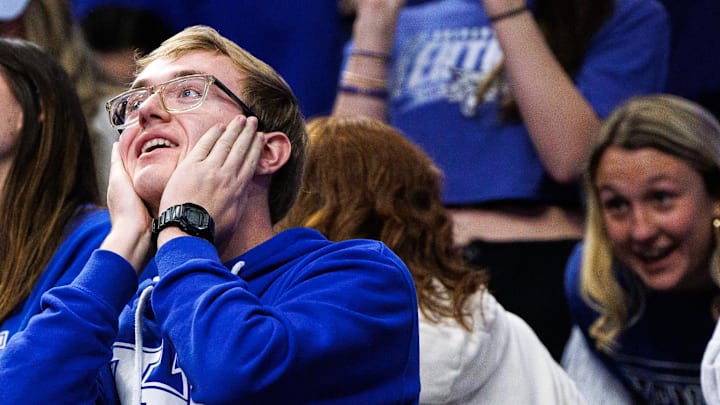Big Blue Nation has weathered decades of drama—from buzzer-beater heartbreaks to coaching chaos—but nothing has confused Kentucky fans quite like the latest twist in the NCAA’s ongoing NIL legal saga.
Just a few weeks ago, it looked like there was finally going to be clarity. The House v. NCAA case was inching toward resolution. A judge had asked for changes to a controversial new roster limit rule, demanding protections for players who were cut during the move to shrink rosters to 105 scholarship spots in anticipation of future revenue sharing. Specifically, she wanted those athletes brought back, citing they’d been unfairly harmed.
So what did the NCAA and power conferences do with their two-week window?

They didn’t talk it out. They didn’t present a joint solution. And unsurprisingly, Judge Claudia Wilken didn’t approve the settlement.
Now, in an 11th-hour scramble to fix it, the parties came back with a revised settlement—but this time, there’s a catch that’s only adding to the confusion in Lexington and beyond: schools can bring back those cut players... but they don’t have to.
Yes, really.
According to Yahoo Sports, the new language “permits” schools to grandfather in three types of athletes:
- Current roster members
- Players cut this year due to looming roster limits
- High school signees who enrolled only to have their spot disappear.
But here's the kicker—each school gets to decide for itself. There's no mandate. There's no uniform policy. It's an optional opt-in that could vary wildly across campuses.
As if fans weren’t already dizzy, there’s more:
Grandfathered athletes won’t count toward the 105-player limit—if their school lets them stay. If a school doesn't keep them, players can transfer and still be exempt from limits at their new program. Schools are expected to track these exceptions with “rolling” rosters that adjust as eligibility runs out.
So while the SEC, Big Ten, ACC, and Big 12 finally agreed on something, they also made it completely optional. The compromise is meant to appease the judge’s original request, but it’s left plenty of athletes—and fans—scratching their heads.
Judge Wilken will now rule on May 16 to decide if the revised plan passes muster. Until then, a group of objecting attorneys (including Laura Reathaford and Steve Molo) are preparing a response. They argue the optional nature of the grandfather clause still fails to protect players adequately.
For Kentucky fans, the whole thing feels like watching a never-ending replay with shifting rules. Are players safe? Can cut athletes return? Will some schools use it while others don’t? How does this affect SEC depth charts, recruiting classes, or walk-ons who earned a spot?
No one seems to know. And that includes many inside the NCAA.
July 1 is supposed to mark the beginning of direct revenue sharing between schools and athletes—a groundbreaking new era. But instead of celebration, all it’s doing is creating more fog for coaches, compliance departments, and yes, Big Blue Nation.

If you're confused, you're not alone.
